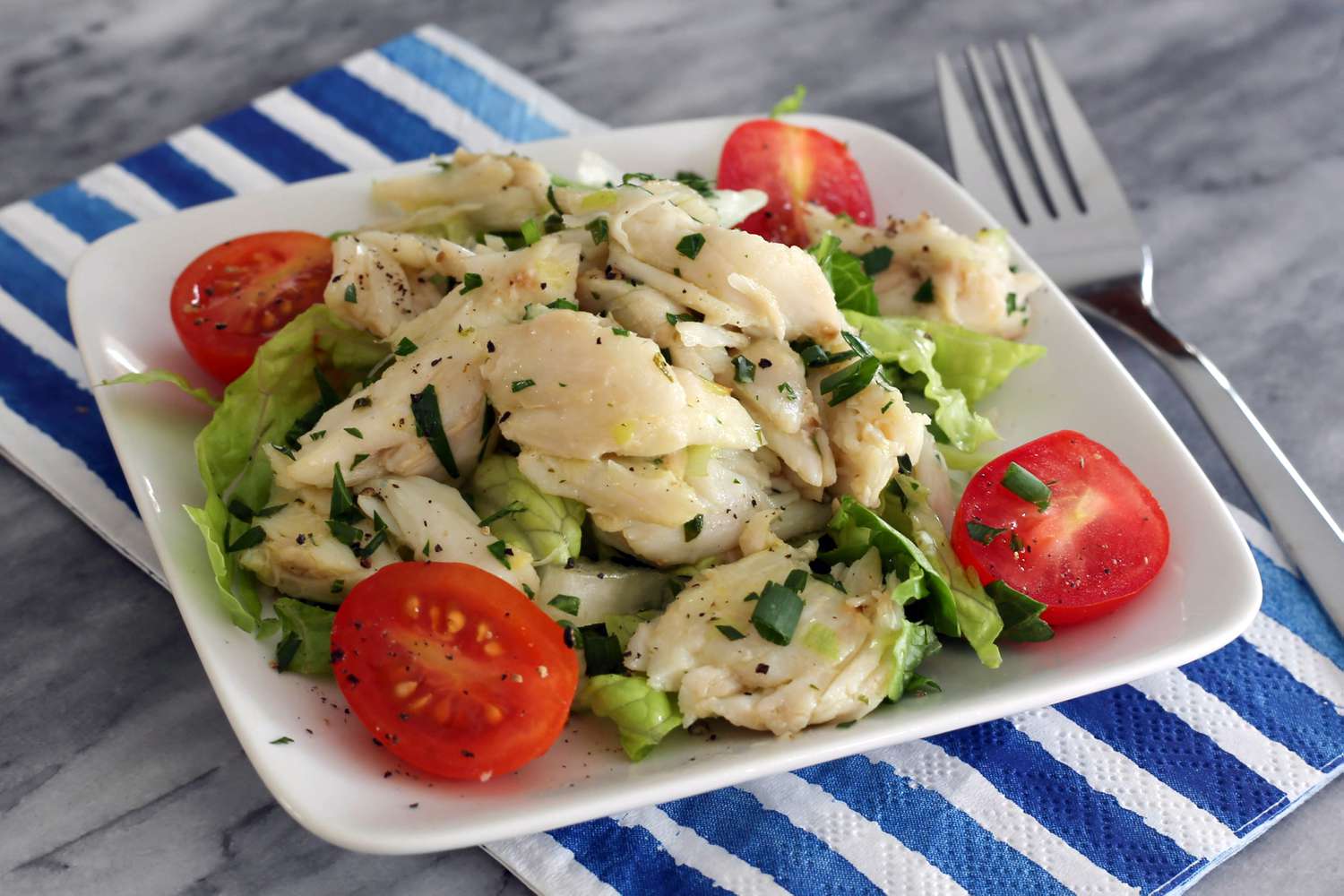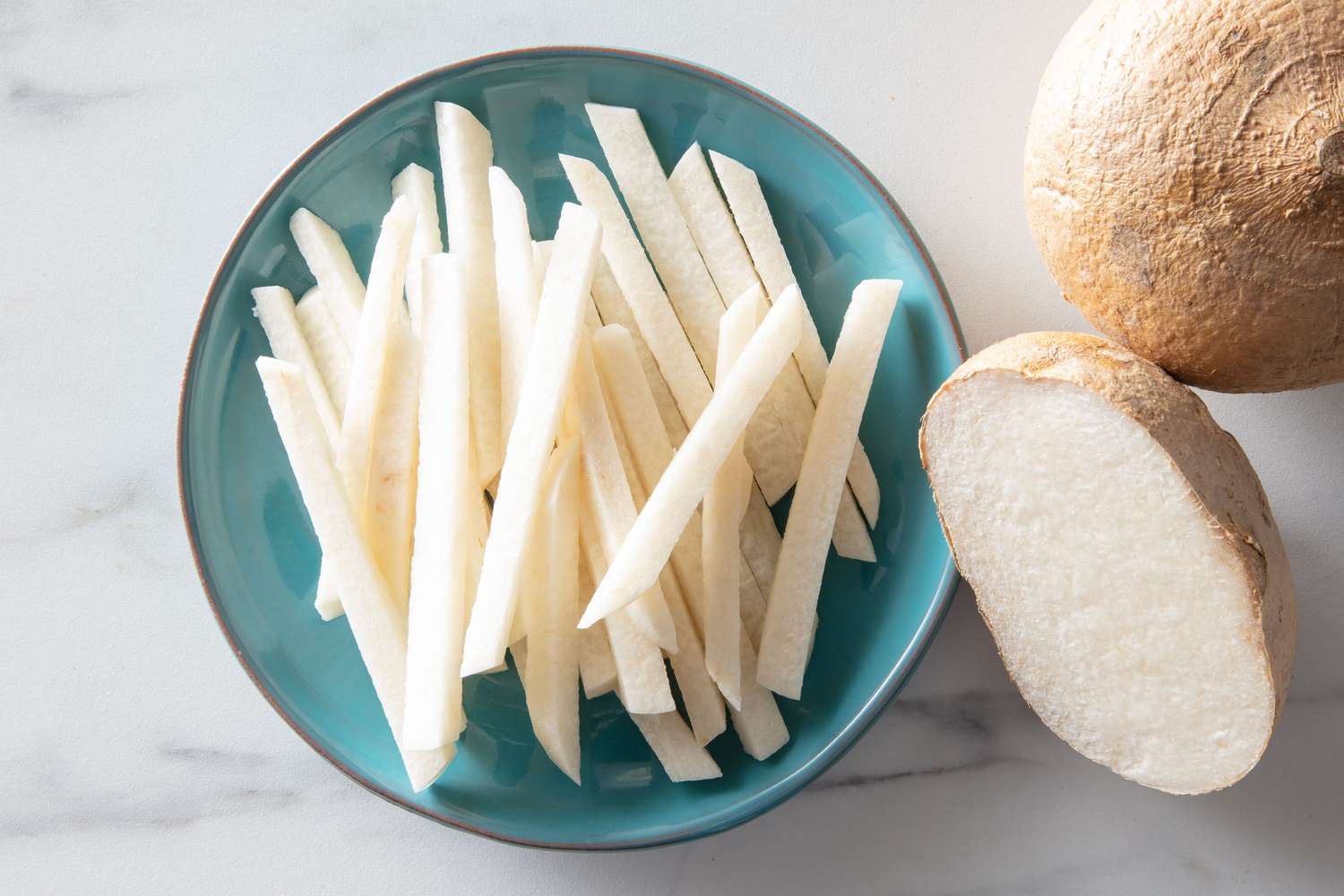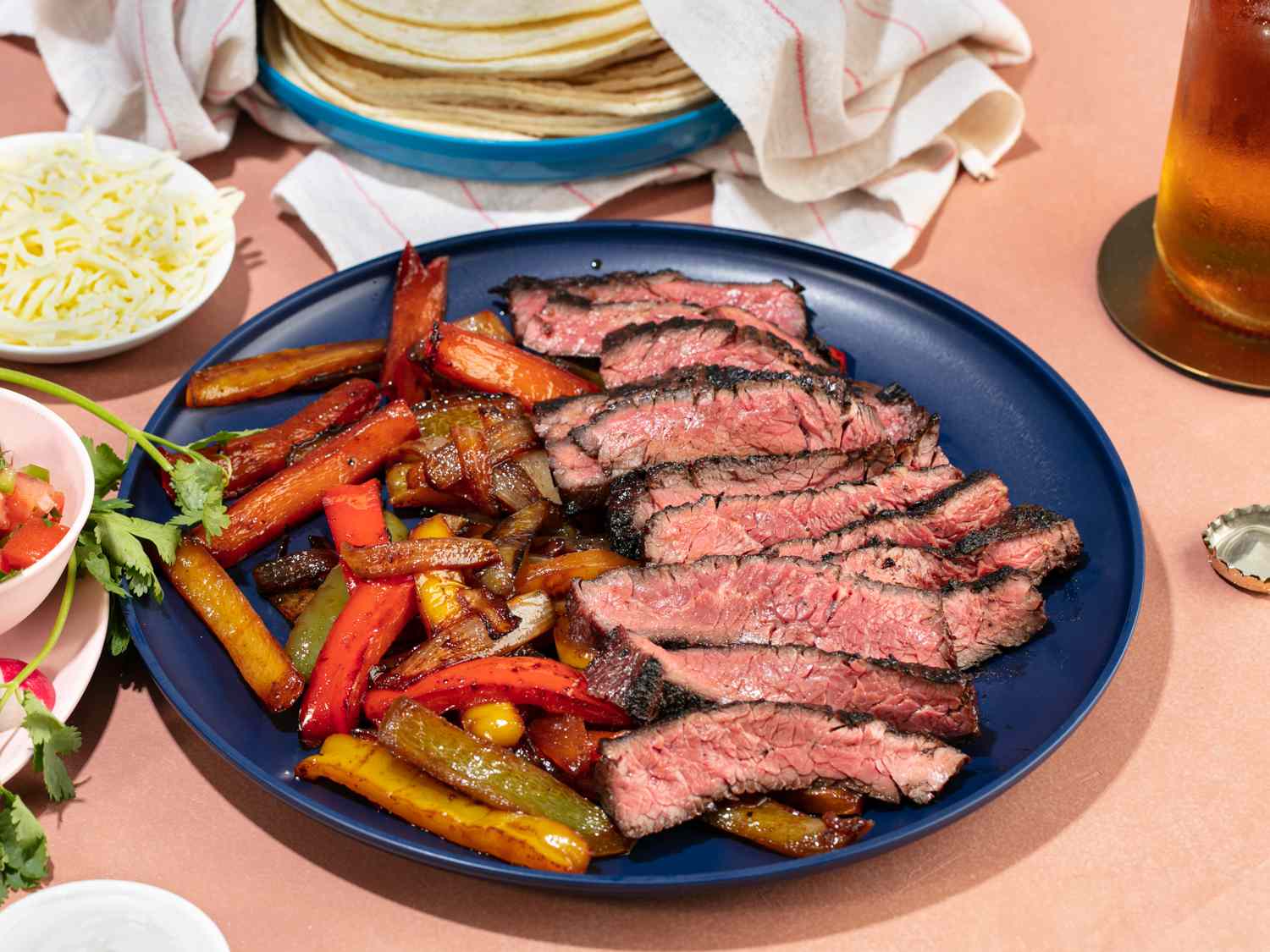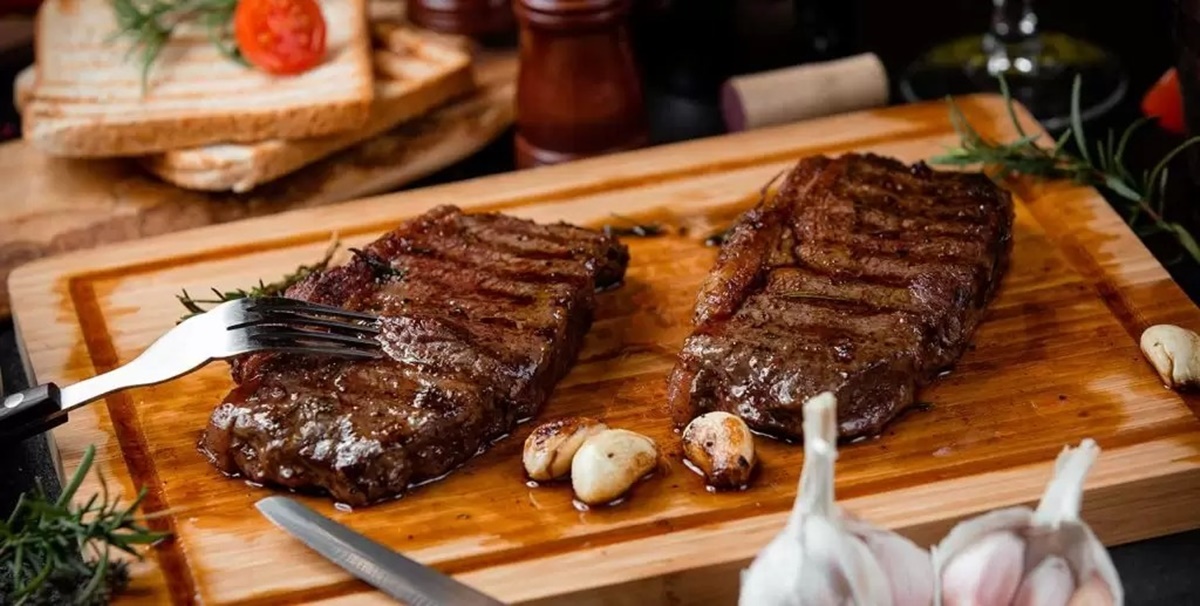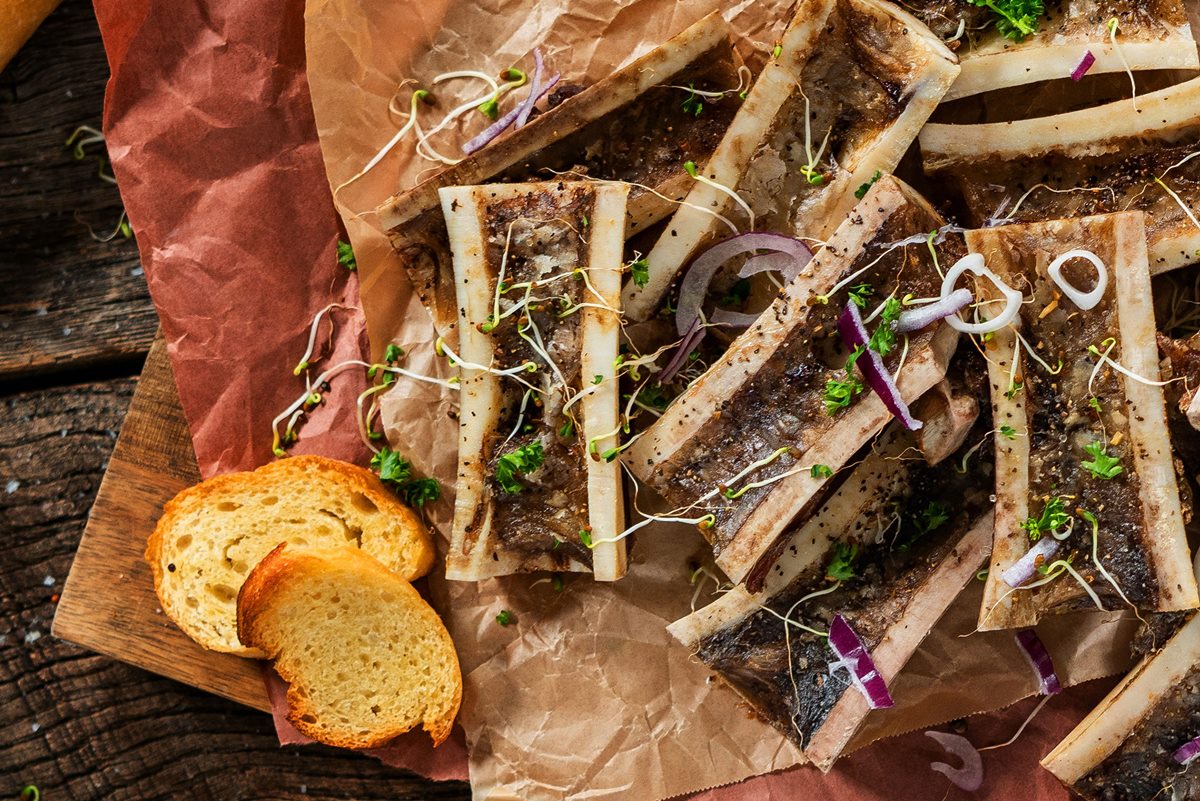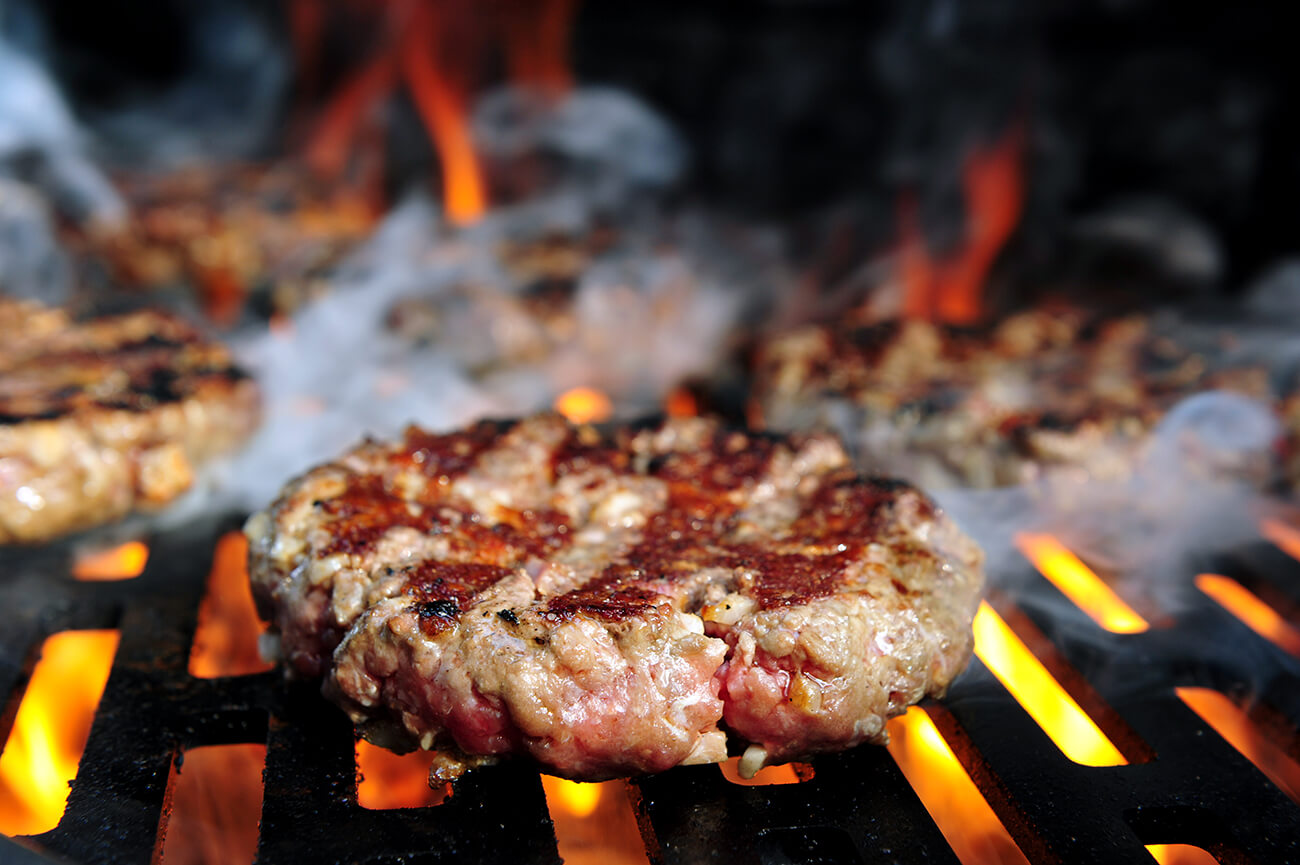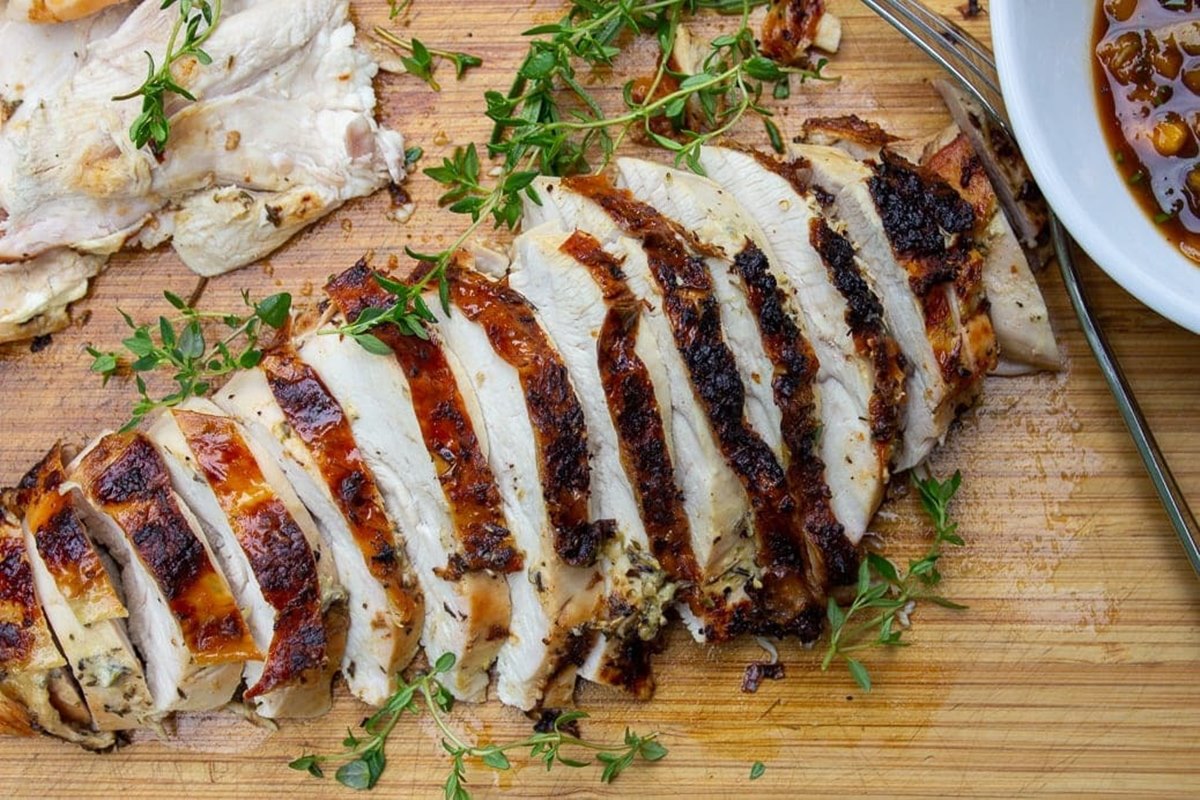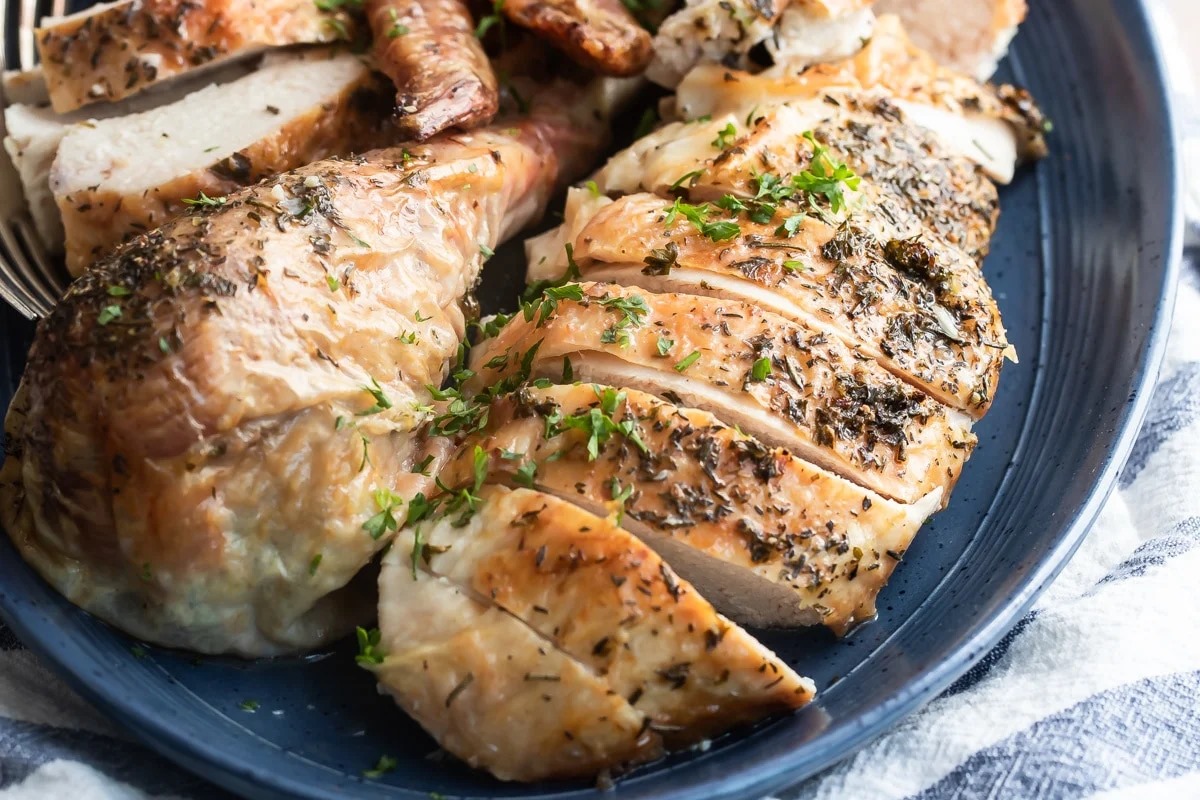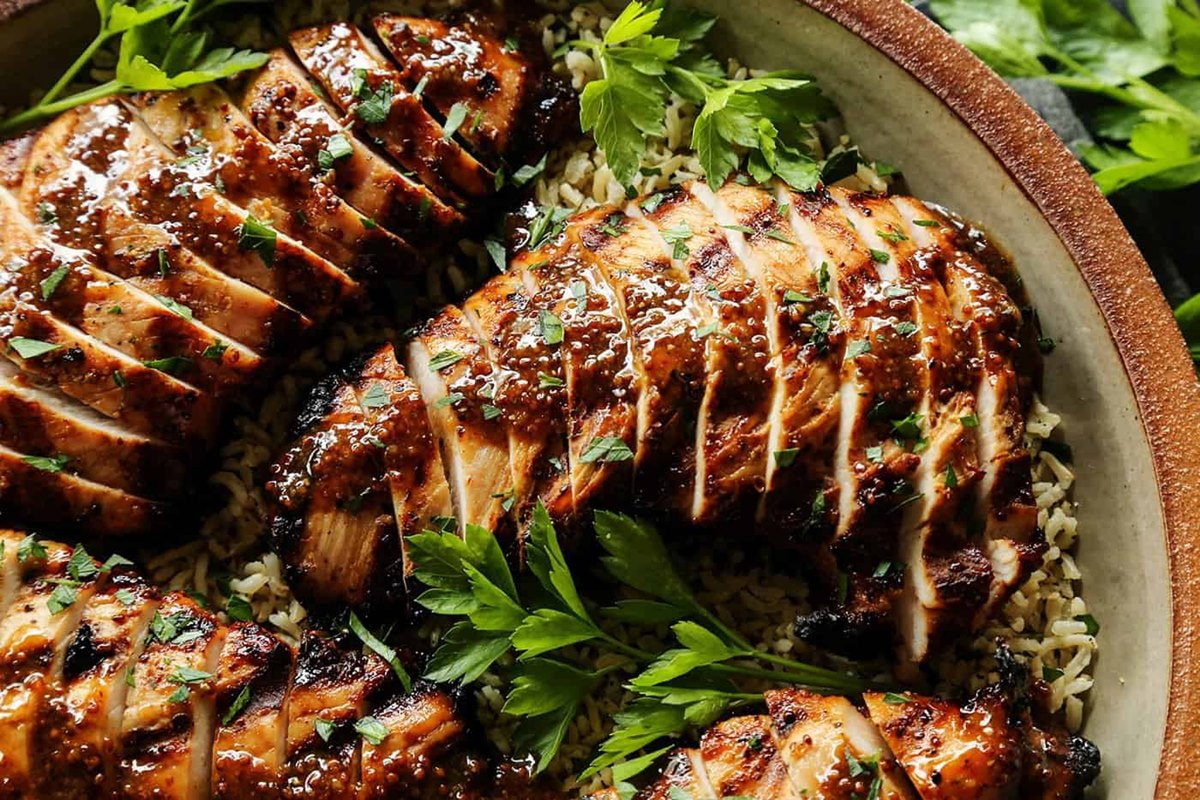How To Cook Rice For Hibachi
Are you a fan of Japanese hibachi cuisine? If so, you know that the perfect rice is an essential component of any hibachi meal. Cooking rice for hibachi might seem like a daunting task, but with the right technique, you can achieve that light and fluffy texture that complements the hibachi flavors perfectly. Follow these steps to prepare restaurant-quality rice for your homemade hibachi experience.
1. Choose the Right Type of Rice
When it comes to cooking rice for hibachi, choosing the right type of rice is crucial. Short-grain rice, such as Japanese sushi rice or Calrose rice, is the preferred choice. Its sticky texture and ability to absorb flavors make it ideal for hibachi dishes.
2. Rinse the Rice
Before cooking, rinse the rice thoroughly to remove any excess starch. Place the rice in a fine-mesh strainer and run cool water over it, stirring gently with your fingers. Repeat this process until the water runs clear, indicating that most of the starch has been removed.
3. Measure the Rice and Water
To achieve the perfect rice-to-water ratio, use a measuring cup to portion out the rice and water accurately. As a general rule, use a 1:1.5 ratio – one cup of rice to one and a half cups of water. Adjust the quantities based on the amount of rice you’re cooking.
4. Cook the Rice
Using a rice cooker is the easiest way to cook rice for hibachi, but if you don’t have one, stovetop cooking works just as well. Here’s how to do it:
- In a medium saucepan, combine the rinsed rice and measured water.
- Place the saucepan over medium-high heat and bring it to a boil.
- Once boiling, reduce the heat to low, cover the saucepan, and let the rice simmer for about 15-20 minutes.
- After the cooking time, remove the saucepan from the heat and let it sit, covered, for an additional 5 minutes to allow the steam to continue cooking the rice.
- Fluff the rice gently with a fork before serving.
5. Season the Rice
For an authentic hibachi experience, season the cooked rice with a touch of salt and a sprinkle of furikake (Japanese rice seasoning) or sesame seeds. This will enhance the flavor and make your rice truly hibachi-style.
6. Serve and Enjoy
Now that you have perfectly cooked rice for hibachi, it’s time to plate your meal. Serve the rice alongside your hibachi dishes, and savor the delicious combination of flavors and textures.
By following these steps, you can confidently cook rice for hibachi like a pro. So, gather your ingredients, fire up your grill or stovetop, and get ready to elevate your hibachi cooking game with the perfect rice.
bold keywords: rice for hibachi, cooking rice, perfect rice, hibachi cuisine, hibachi meal, hibachi flavors
Cooking rice perfectly for hibachi is an art that can elevate your home-cooked meals. With the guide in hand, readers can dive into a variety of recipes that showcase their new skills. Try the Hibachi Garlic Butter Rice Recipe for a rich, aromatic experience that pairs well with any protein. For a seafood twist, the Hibachi Shrimp Fried Rice Recipe offers a delightful combination of succulent shrimp and savory rice. Vegetarians can enjoy the Hibachi Vegetable Fried Rice Recipe, a colorful and nutritious dish. And for those who love bold flavors, the Hibachi Teriyaki Chicken with Rice Recipe delivers a sweet and tangy punch. These recipes not only highlight different ingredients but also allow readers to master the versatile technique of cooking rice for hibachi.
Was this page helpful?
Read Next: How To Cook Calrose Rice In Rice Cooker
